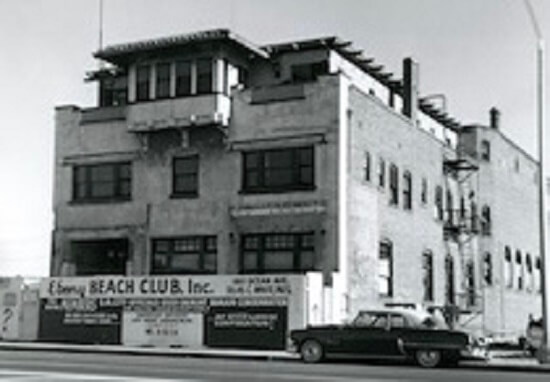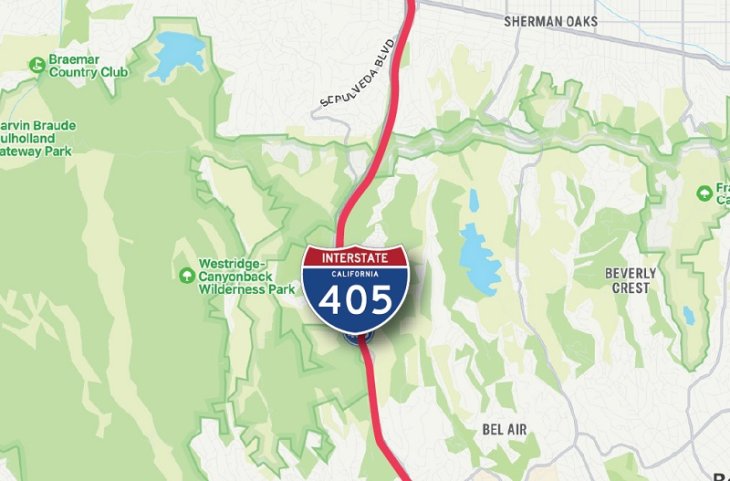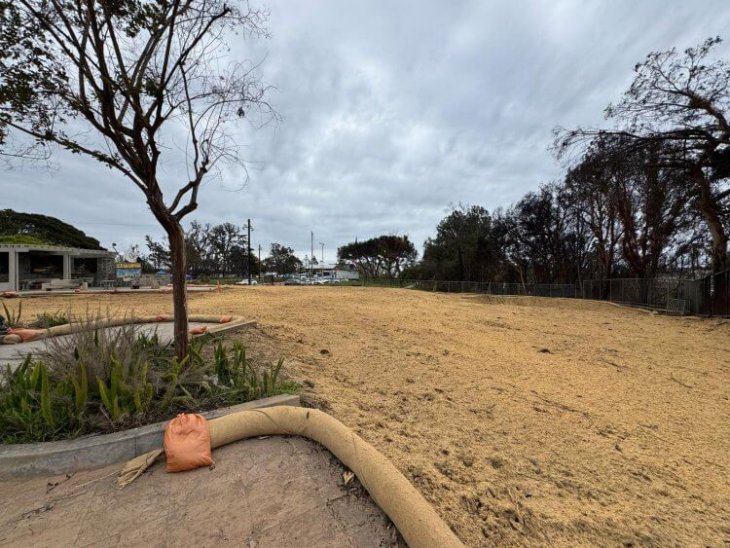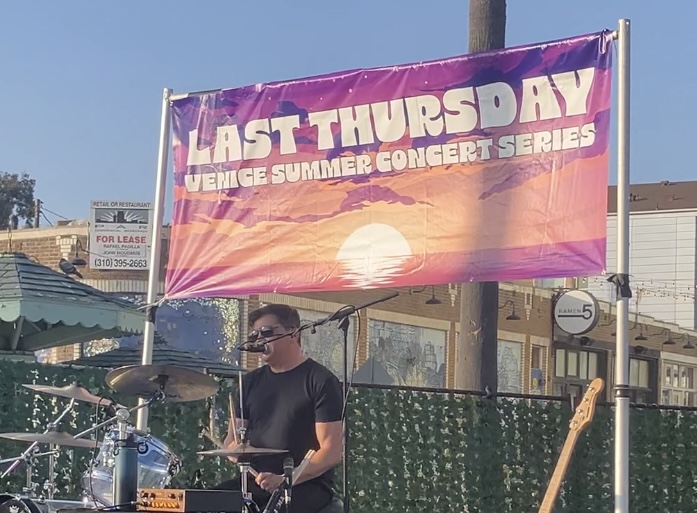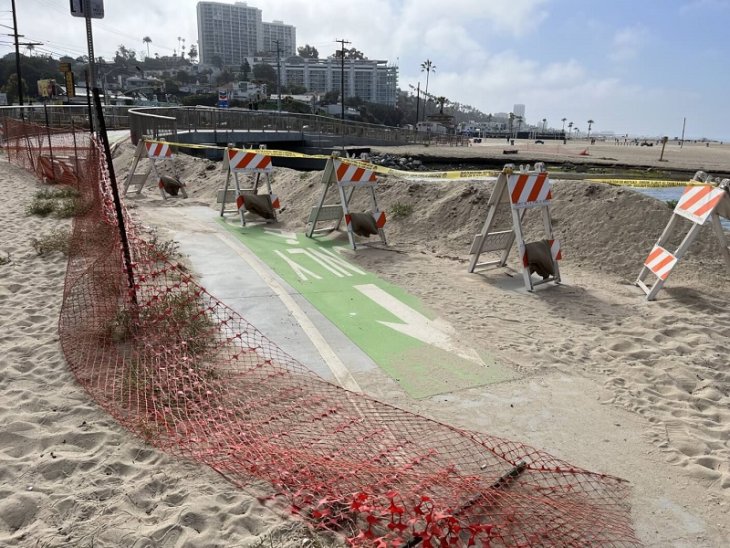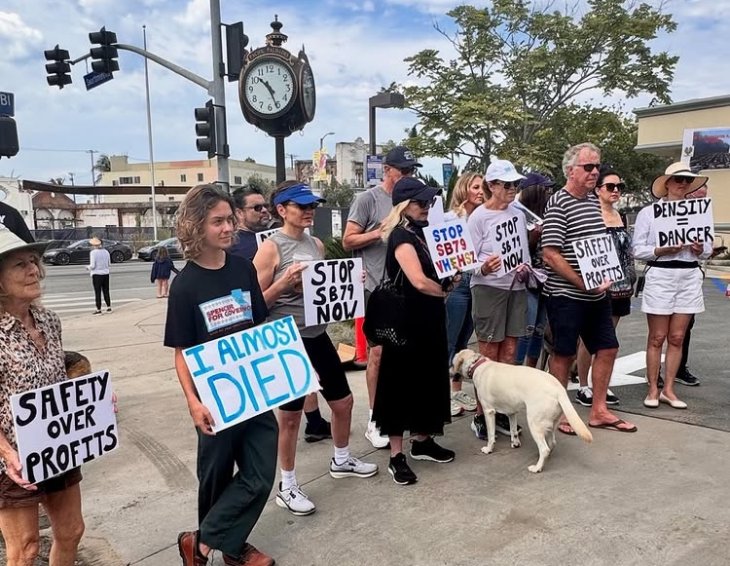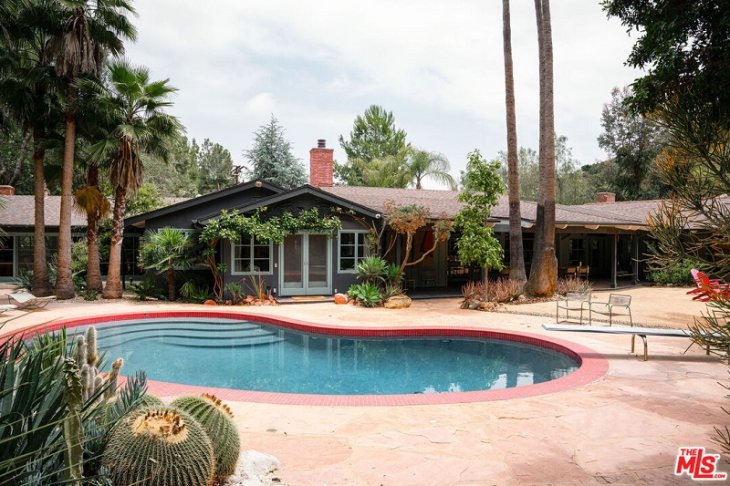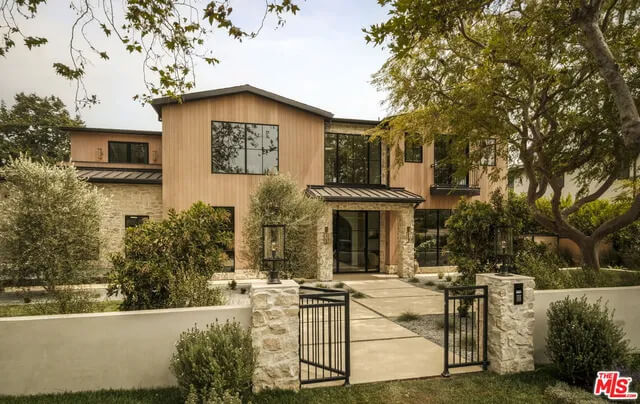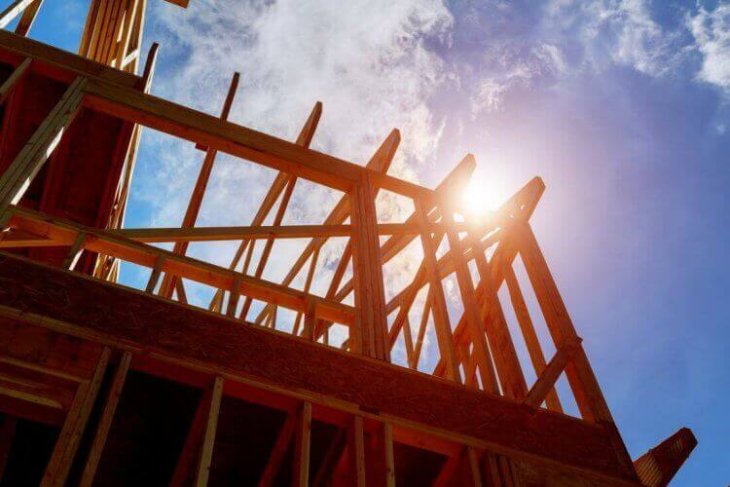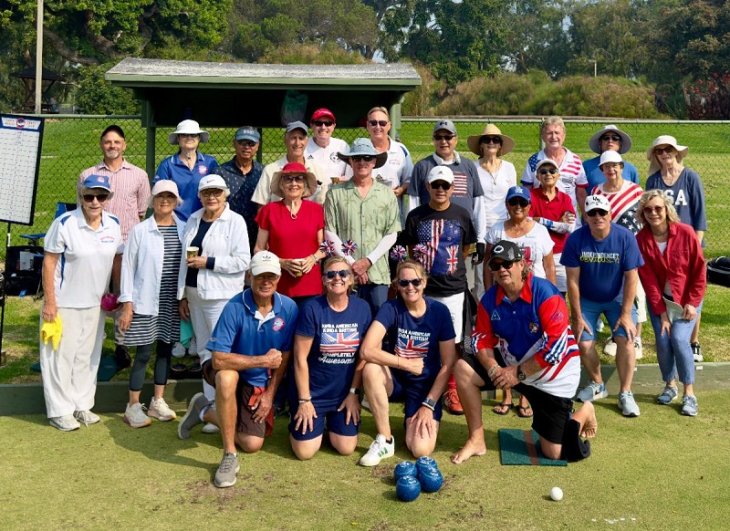The decision follows a year-long investigation into White’s efforts to open the Ebony Beach Club—a nonprofit intended to provide a beachside gathering place for Black residents at a time when racial segregation limited their access to public spaces
The Santa Monica City Council voted Tuesday to pursue mediation with the family of late Black entrepreneur Silas White, whose plans to establish the Ebony Beach Club in the 1950s were derailed by a city-led eminent domain action the family claims was racially motivated.
City staff will initiate mediation with White’s descendants to explore options for reparations or restitution. The city has offered to pay up to $15,000 for the process, which will be facilitated by a mediator of the family’s choosing.
The decision follows a year-long investigation into White’s efforts to open the Ebony Beach Club—a nonprofit intended to provide a beachside gathering place for Black residents at a time when racial segregation limited their access to public spaces. In 1957, White entered into a lease-to-purchase agreement for a parcel of land at 1811 Ocean Avenue, where the Viceroy Hotel now stands. A year later, the city condemned the property as part of a civic development project, and the club was never built.
According to city records, the club had attracted more than 400 interested members and had made initial investments in improvements and marketing. However, a 1959 court ruling determined that White and his nonprofit held no legal claim to the land, which resulted in no compensation to the club or White.
White’s family first brought the claim to the city in March 2024, seeking either the return of the land or financial reparations. They cited parallels to the Bruce’s Beach case in Manhattan Beach, where land taken from a Black family nearly a century ago was returned following public outcry and legal review.
City officials say the case is emblematic of broader historic patterns of displacement and systemic inequities in Santa Monica’s redevelopment history. In 2021, the city issued a public apology for racially discriminatory land use practices, including the displacement of Black and Brown communities.
“This case is not just about a single parcel of land,” said city staff in a report to the council. “It reflects a larger pattern of harm that requires thoughtful consideration through a restorative justice lens.”
The decision to pursue mediation builds on the city’s broader reparative justice initiatives, including its newly formed Landback and Reparations Task Force, launched in April 2025. The task force is charged with investigating historical harms and proposing a formal reparations framework for Santa Monica.
While no final decision has been made on whether or how the city will offer restitution to the White family, city officials said the mediation is a necessary next step in acknowledging and addressing past injustices.

